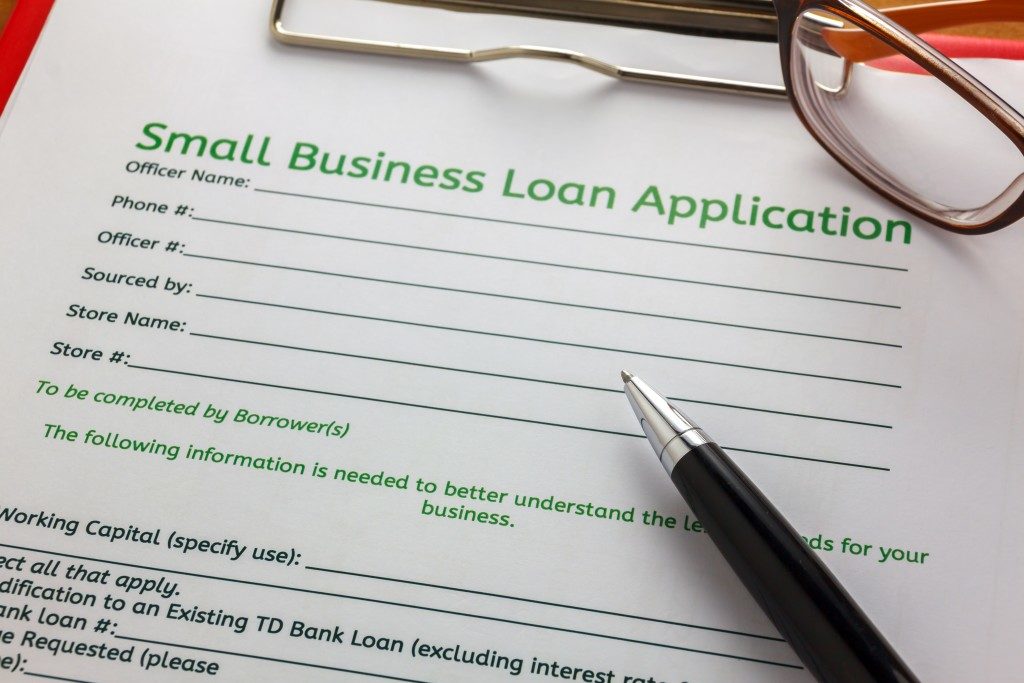When it comes to the survival rates of businesses, statistics actually vary. One of the most often-quoted data said that about 20% of companies wouldn’t make it past the first year. By the fifth year, only about half of the start-ups will thrive.
Meanwhile, a study by the Harvard Business School revealed that an overwhelming 75% of companies backed by venture capital won’t return cash to their investors. At least 30% will need to liquidate their assets.
Regardless of the differences, though, one fact remains: unfortunately, many businesses will fail. This is even if you are into one of the most profitable and stable industries globally, which is food. But if a company has 1,000 ways to sink, it also offers plenty of ways to succeed.
How can you then grow yours into the likes of McDonald’s or Subway? Here are the top secrets:
1. Begin with a System
Many people believe that the secret to the worldwide growth of these popular food companies is their brand. In reality, McDonald’s burgers are not too different from those sold by its competitors. In some situations, your backyard burger may taste even better or meatier.
What truly sets them apart from the others—and their ultimate secret to success—is a system. The concept of McDonald’s actually began with two brothers, Maurice and Richard McDonald, who sold burgers at about half the prices of their competitors.
It intrigued Ray Kroc, who sold appliances to McDonald’s like mixers for shakes and malts. He then went to study the strategy and discovered that the brothers made their assembly line efficient:
- They cooked the burgers ahead of time.
- When someone bought them, they heated the products using a lamp.
- Because of this strategy, they could sell burgers in large quantities, which then allowed them to lower the production costs.
- It also helped them to spend less on labor by hiring fewer cooks and servers.
Kroc bought a franchise and eventually started one of the biggest global fast-food brands today.
From this story, you can learn that your products don’t have to be revolutionary. In fact, it helps to offer something people are already familiar with.
However, a consistent system will add a few more factors that will make you appealing to your consumers. In McDonald’s, it helps them offer products at cheaper prices that taste the same whether the customer is in the United States or the UK.
Developing a system, especially for a food business, requires plenty of patience and time. If you want to start a brand, you can consider successful existing business opportunities like a breakfast restaurant franchise. These options are likely to be around for a while because their system is consistent.
2. Focus on What Drives Profits

A food business can earn money in multiple ways besides offering bundle meals or promotions. The problem is, many entrepreneurs fail to follow the Pareto principle—that is, 80% of their profits may actually be from 20% of their efforts.
They cannot correctly identify which of their activities drive sales, so they end up allocating their resources on the wrong strategies. When running a food company, it also pays to analyze these types of information, just what Subway did.
The first time Subway opened, it had a simple goal: sell a submarine sandwich at a low price and keep it that way. But as competitors begin to appear, that dream could become lofty. That’s when they began to open their business to franchising.
Over the years, they found this model as the most viable and lucrative. Thus, they are one of the few food brands that is 100% franchising only. What are then its benefits to the company and its franchisees?
- It allows Subway to focus its efforts on its system and franchisee support. This way, franchisees have a much higher chance to succeed.
- By increasing the number of franchises, they can now maintain their objective, which is to offer sandwiches at a much lower price.
- Franchisees begin opening Subway in some of the less-conventional places. These include hospitals, military facilities, and shopping malls. These are usually under or unserved markets, so the competition is low. Franchisees can now dominate the area.
- Franchisees are often individuals who likely spend their life’s savings on the business. They are, therefore, dedicated to succeed.
This isn’t to say that all food brands will make it only if they open themselves to franchising. More than anything, it is about knowing what helps them win so that they can focus their efforts on it.
Your business journey may be different from McDonald’s or Subway, but you can learn from their marketing secrets to be as successful as them.


